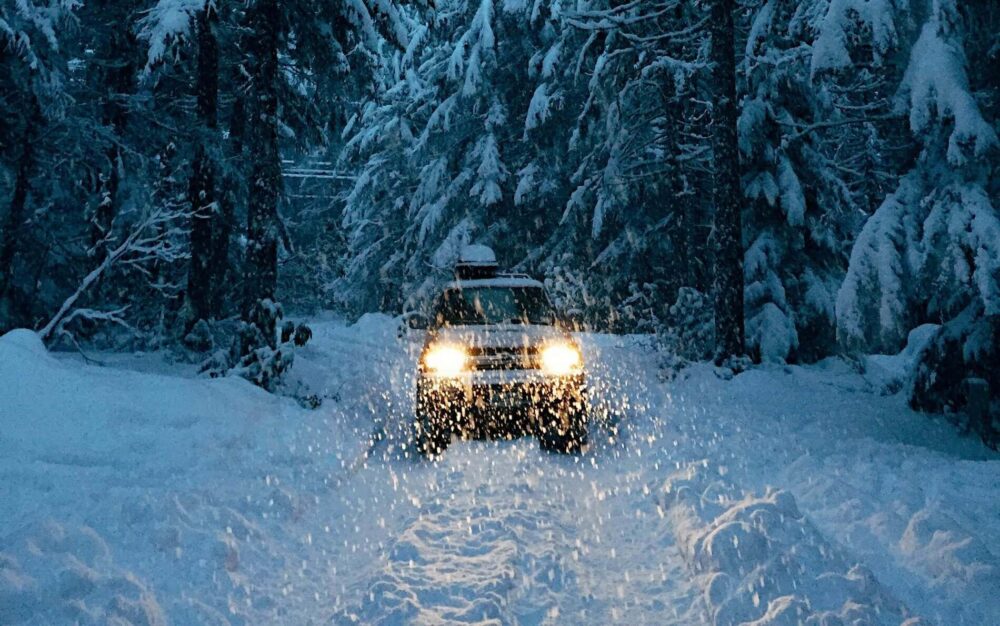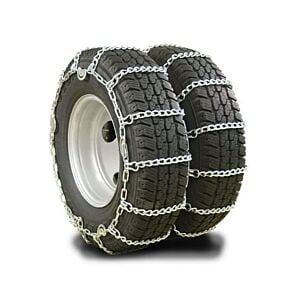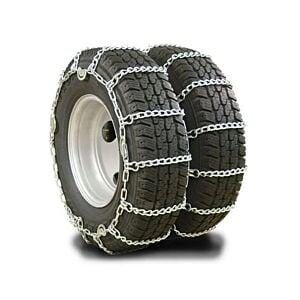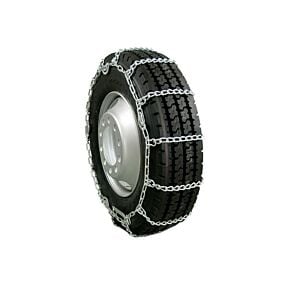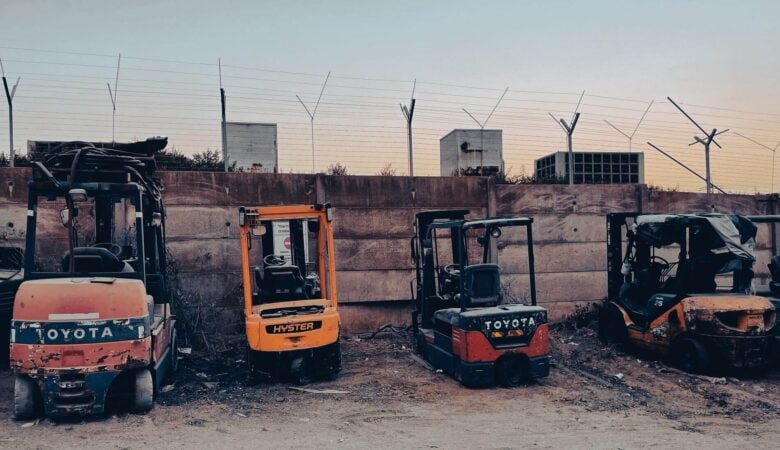Do you routinely drive in regions requiring snow chains during the winter? If so, you know all about what it means to chain up before heading into bad weather. If you are new to trucking or winter driving, tire chains may be foreign to you. One thing is for sure in either case: chains can cause a lot of problems if you don’t know how to use tire chains and also know about driving on the pavement with snow chains.
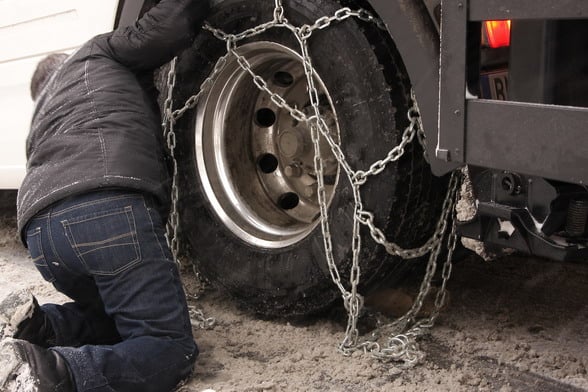
Mytee Products carries tire chains for both 22.5-inch and 24.5-inch tire chains. We invite you to purchase your chains through us, along with all your cargo control supplies including tarps, bungee straps, ratchet straps, cargo chain and edge protectors.
Important Things to Know About Tire Chains while Driving Truck on Winter Snow
In the interest of advancing public safety, we have compiled a list of six important things to know about tire chains. Know and understand these things, whether you are a veteran or a rookie.
1. Keep to a Safe Speed
Tire chains are only intended to withstand a certain amount of punishment. Drivers should never exceed speeds of 30 mph when chained. Going any faster could cause chains to break while in motion. This could be dangerous for drivers and vehicles alike.
2. Avoid Bare Pavement

Tire chains do not hold up well against bare pavement either. So while there may be some instances when it’s necessary to drive short distances on bare pavement, the practice should be avoided as much as possible. As soon as a driver gets through the area of snow-covered roads, he or she should find a place to pull off and remove the chains.
3. Chains Slip-on Pavement
Something else to note about chains is they tend to slip on bare pavement. If a driver is braking on the bare pavement while still chained up, he/she has to be more gentle in the process. It is very easy to lock up the wheels and slide on chains. On the other end, hitting the gas too aggressively could cause the drive wheels to spin on bare pavement. Drivers should accelerate slowly.
4. Routine Inspections Are Necessary
Truckers will naturally tighten their chains when first deploying them. However, it is generally recommended that chains be inspected and re-tightened at regular intervals. Chains will loosen as the miles roll by, making them subject to breakage.
5. Chained Tighteners Can Cause Problems
Chain tightening devices have a tendency to pull chains off-center if they are not used the right way. A driver who is not intimately familiar with how to use such a device should avoid doing so. There are other ways to effectively tighten chains.
6. State Regulations for Using Tire Chains
Nearly every state in the union has some sort of regulations in place pertaining to tire chains. Truck drivers should make themselves familiar with those regulations in any state where they plan to work during the winter months. Running afoul of the regulations could result in a citation.
Along those same lines, there are a few key regions in the United States where chains are mandatory during the winter. Must know about trucking chain laws by state in the USA. In some of these regions, truckers will find chains at highway department chain banks. A word to the wise though: drivers should not rely solely on chain banks to meet their needs. If no chains are available when a driver reaches the start of a mandatory chain area, he or she will have to wait until a set is available.
Also Read: Checklist: Make Your Truck Winter Ready
Tire chains are part of winter driving for truck drivers. Hopefully, you have had some experience chaining up your truck. If not, you will probably have to learn eventually. Just remember that chaining up is not the end of the world. You will get pretty good at it with enough practice.
FAQs
Recommended 30 to 50 km/h (20 to 30 mph). Drivers should never exceed speeds of 30 mph when chained.
You would take off the tire chains whenever you drive on dry pavement.


